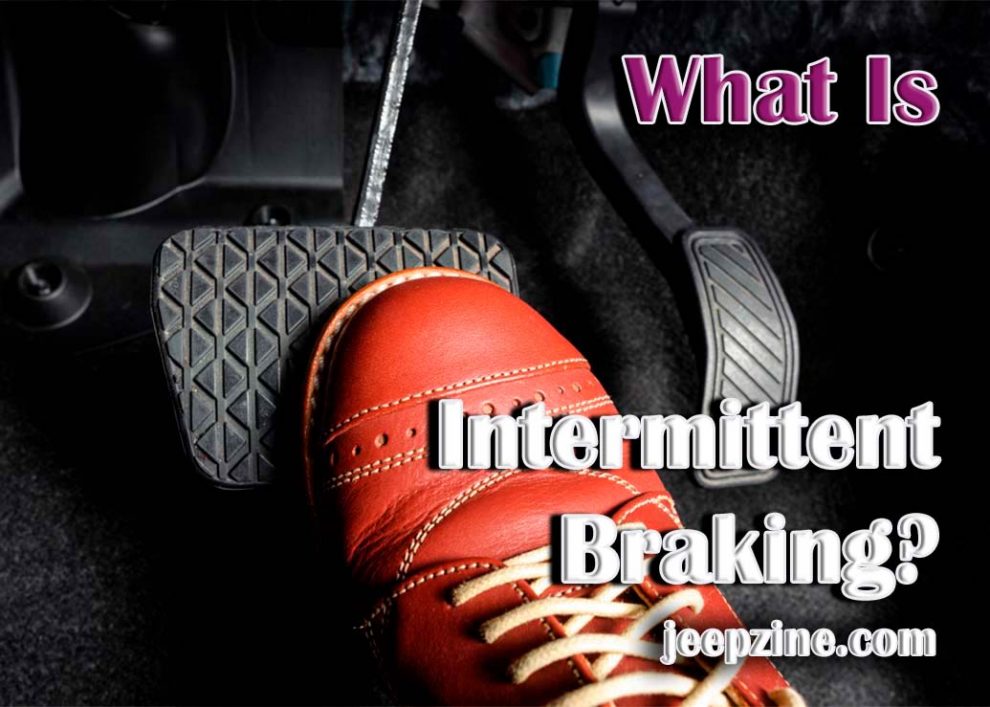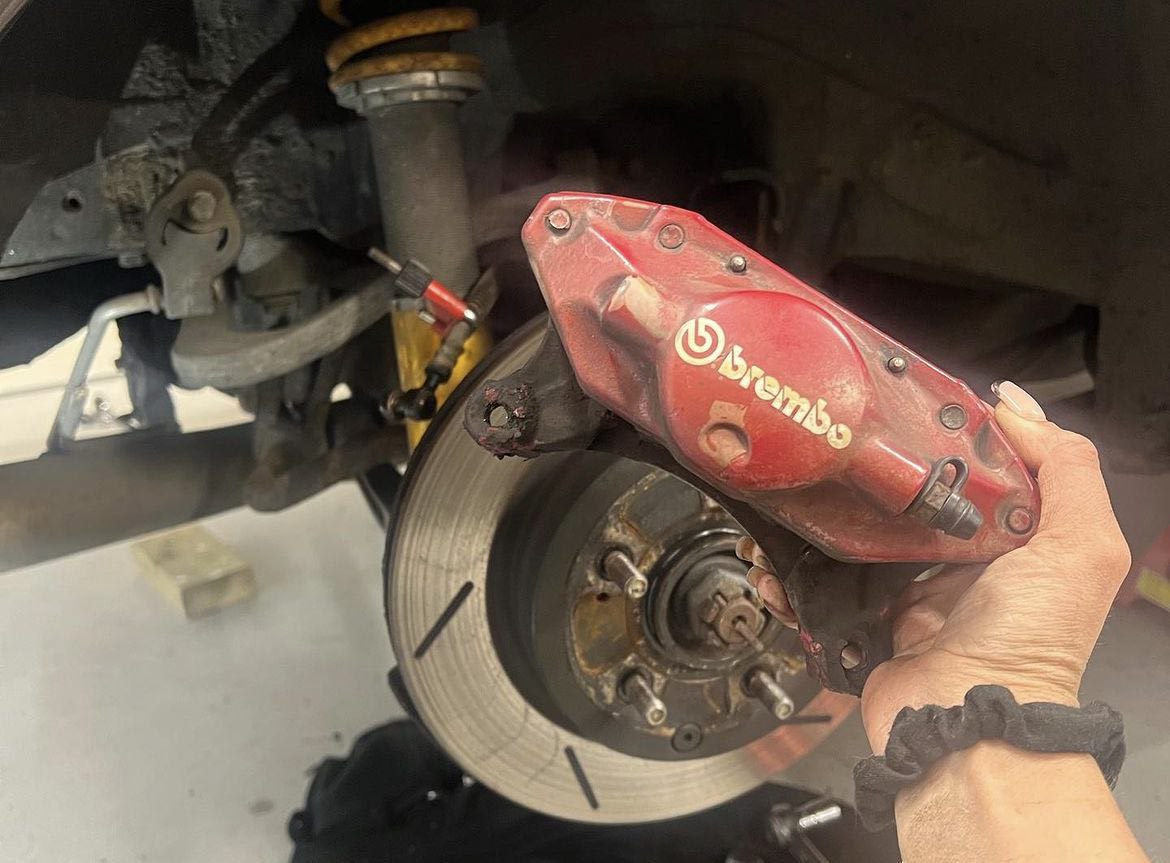Intermittent braking is a technique used to control the speed of a vehicle more efficiently than traditional braking methods. This method helps reduce brake wear and tear and also allows for safer and smoother deceleration rates. Intermittent braking involves the use of short, sharp applications of pressure to the brakes in quick succession, as opposed to maintaining constant pressure on them for an extended period of time. It creates a rapid yet steady decrease in speed that is both controlled and efficient, making it ideal for everyday driving maneuvers such as slowing down for stop signs or traffic signals.
Benefits of Intermittent Braking
There are several benefits of utilizing intermittent braking when driving:
-
Improved fuel efficiency: Intermittent braking reduces your vehicle’s time accelerating, resulting in less fuel consumption over time.
-
Reduced wear on brakes: By stopping short and accelerating forward, you’re not putting as much strain on your brake system as when you apply full pressure every time you stop. It helps reduce brake wear significantly over the long run.
-
Smooth transitions: Since periodic acceleration is quicker than coasting down to a full stop every time, your vehicle will transition more smoothly between stops and starts with intermittent braking.
-
Better visibility for other drivers: When driving through busy city streets, it’s important that other drivers can see you clearly, so they don’t accidentally pull into your lane or collide with your car when making turns or changing lanes. Using intermittent braking properly will allow them to anticipate your movements better and react accordingly for a safer environment.
When to Use Intermittent Braking
Intermittent braking should be used when driving in densely populated areas with frequent stops at traffic lights or intersections, such as large cities or small towns with lots of traffic lights/crosswalks/stop signs. It should also be used when road conditions are slippery due to rain or snow since it helps reduce skidding without applying too much force on the brakes, which could cause them to lock up unexpectedly. In addition, it can benefit mountain roads where sharp turns require efficient deceleration without risking loss of control from excessive speed levels near curves or inclines/declines in terrain features along the route. Finally, intermittent braking can help reduce sudden impacts caused by unexpected obstacles such as potholes which have become common these days given our roads’ failing infrastructure standards across many regions worldwide today! Also read about Best Brake Pads for Dodge Ram 1500.
How to Implement Intermittent Braking
For this technique to be successful, some tips need to be followed while using it:
-
Lightly apply pressure to the brakes as soon as you start to decelerate and release the pressure just before the car comes to a complete stop.
-
Be aware of your surroundings all the time, especially when driving in densely populated areas or low visibility conditions like night or foggy weather.
-
If available, use cruise control when attempting to drive at a constant speed for lengthy periods – this will help you maintain a steady speed without manually adjusting the accelerator and brake pedals too often.
-
Pay attention to any signs indicating slippery roads, such as standing water on pavement surfaces or patches of ice/snow. These conditions will require more frequent use of intermittent braking for your car’s speed to remain controlled while driving through them safely.
Conclusion
Intermittent braking is a technique used by drivers to control the speed of their vehicles efficiently. This practice involves periodically applying the brakes and releasing them just before the car comes to a complete stop. It is often used in urban traffic, where cars must frequently stop and accelerate again. The benefits of using this technique include improved fuel efficiency, reduced wear on brakes, smoother transitions between stops and starts, as well as better visibility for other drivers. For intermittent braking to succeed, certain tips must be followed carefully, such as lightly applying pressure to the brakes when always decelerating and being aware of your surroundings. By judiciously employing intermittent braking when appropriate, drivers can maintain their speed within legal limits while conserving fuel and reducing wear on their brakes.


 Reduced wear on brakes: By stopping short and accelerating forward, you’re not putting as much strain on your brake system as when you apply full pressure every time you stop. It helps reduce brake wear significantly over the long run.
Reduced wear on brakes: By stopping short and accelerating forward, you’re not putting as much strain on your brake system as when you apply full pressure every time you stop. It helps reduce brake wear significantly over the long run.